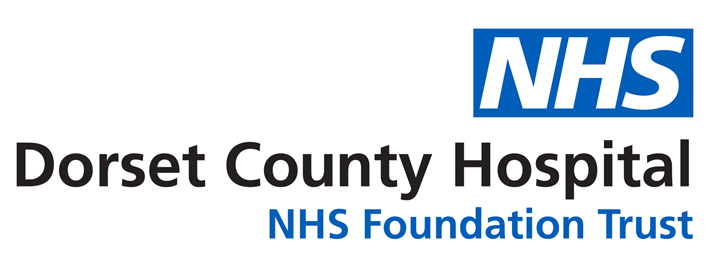Post Knee Replacement Symptom Checker
It is important you know what normal post operative symptoms are and what the symptoms are of post operative complications.
This booklet will cover how to manage normal post operative symptoms and what to do if you are showing signs of post operative complications to help support your recovery.
Normal post operative symptoms
Following a total knee replacement it is normal to experience:
- Pain: Around the operated knee and possibly along the bone line of the shin and thigh bone. This may also radiate into your thigh muscles, calf and buttocks. This may take several weeks to improve. Take regular pain relief to keep pain score 1 or below as you get moving. Score: 0=none 1=mild 2=moderate 3=severe
- Swelling: You will have some swelling of the operated knee, the calf and ankle. It may take a few months for swelling to resolve – this can be managed with regular ice, elevation and by keeping active.
- Bruising: This often looks worse than it is. It may be localised to the knee, track down the leg to the ankle, sometimes it can appear in the thigh. This should settle within a few weeks on its own.
- Inflammation: Mild redness, heat and wound ooze is part of the healing process following surgery. It should settle within a few weeks. Ice and anti-inflammatories can help. If symptoms don’t settle, please call the Elective Orthopaedic Unit for further advice on 01305 255562.
- Weakness: It takes a few months to build muscle strength and confidence in your new knee. It is important to keep your pain under control and ensure you are keeping active by completing your physiotherapy exercises and gently increasing your mobility as pain allows.
- Post Op Numbness: Following a knee replacement, it is usual to have a numb area on the outside of your knee due to the incision. Although this usually reduces over time a small area often remains permanently numb.
- Rehabilitation: It is important post total knee replacement to keep you pain under control, so you can maximise your engagement in rehabilitation. This may involve discussion with a pharmacist or GP if you feel over the counter medications are not controlling your pain well enough to engage in your exercises.
Symptoms of post operative complications
Although uncommon post operative complications can occur. Please ensure you are aware of the following symptoms:
- Infection: If you have a fever or flu symptoms and redness around the wound, it’s important to ring the Elective Orthopaedic Unit for advice – we would want a medical review quickly to check for wound/joint infection.
- Deep vein thrombosis (DVT): DVT is a blood clot in your leg veins. If you have swelling in one leg/calf, throbbing leg/calf pain, warmth, redness/darkening of skin or swollen veins tender touch please call the Elective Orthopaedic Unit for advice – we would want you to be assessed and start treatment quickly.
- Pulmonary Embolism (PE): PE is a blood clot in an artery in the lungs and needs emergency treatment. Symptoms are the same as for a DVT with the addition of breathlessness, chest pain, increased or irregular heart rate or dizziness. Please call 999 for medical input if you experience these symptoms.
Recovery timeline
Bone healing on average is six to eight weeks. Soft tissue healing can take six to 12 weeks. You may still feel post operative symptoms beyond this, but we would expect symptoms to be improving within this timescale.
Your wound has been closed with metal skin clips, and these will be removed after about 2 weeks. Following this your wound should continue to dry up and scab over. The scar line will gradually fade over time.
Occasionally this process is interrupted. If you are concerned about you wound healing, redness, heat or any ongoing ooze, please contact the Ridgeway Elective Orthopaedic Unit on 01305 255562.
You should expect your recovery to feel as follows:
3 months to be FAIR
6 months to be GOOD
12 months to be RIGHT
About this leaflet
Author: Jade Lewendon, Physiotherapist and Emma Narramore, Physiotherapist
Written: January 2024
Approved: May 2024
Review date: January 2027
Edition: v1
If you have feedback regarding the accuracy of the information contained in this leaflet, or if you would like a list of references used to develop this leaflet, please email patientinformation.leaflets@dchft.nhs.uk
Print leaflet